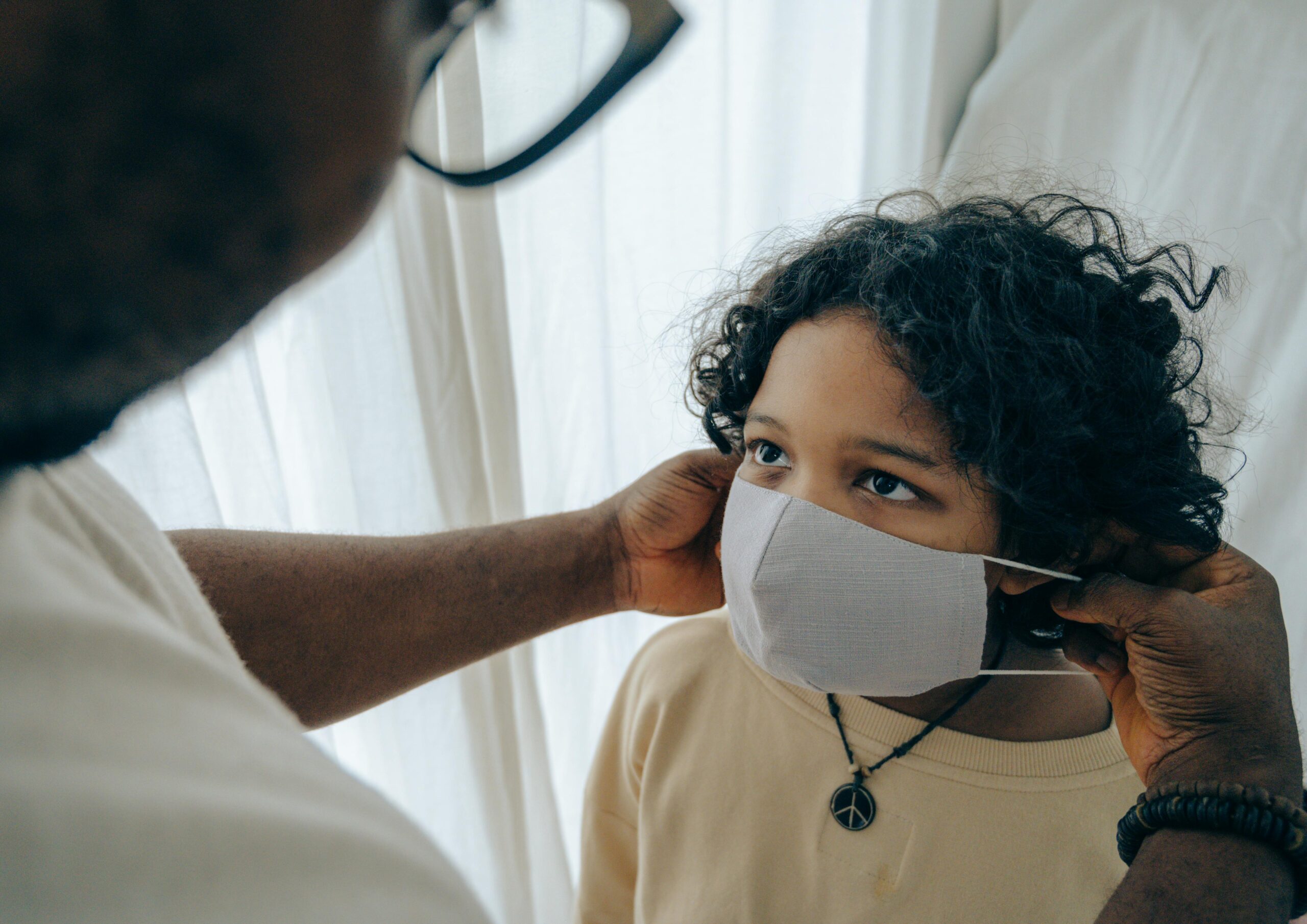Introduction to Trauma-Informed Practices in UK Schools
2 December 2024

The impact of trauma on children and young people’s learning and development is a pressing concern for educators. Studies have shown that adverse childhood experiences (ACEs), such as abuse, neglect, or exposure to violence, can profoundly affect a child’s ability to engage in education and form positive relationships with peers and adults. UK education practitioners are increasingly recognising the importance of adopting trauma-informed practices (TIPs) to create inclusive and supportive environments where all students can thrive. This article explores starting points that schools can take to incorporate trauma-awareness into a clear ethos.
Understanding Trauma and Its Educational Impacts
Trauma occurs when an individual experiences an event or series of events that overwhelm their ability to cope. In children, this can manifest in various ways, including difficulty concentrating, heightened emotional reactivity, withdrawal, or challenging behaviour. Research from Public Health Wales and the World Health Organization highlights the prevalence of ACEs, estimating that nearly 50% of UK adults experienced at least one ACE in childhood. Importantly, the study shows that supportive relationships and environments can mitigate the long-term effects of trauma, underscoring the role schools play in fostering resilience and recovery.
The Principles of Trauma-Informed Practice
Trauma-informed practice is built on five key principles: safety, trust, collaboration, empowerment, and cultural sensitivity. These principles form the foundation of several models, such as the Sanctuary Model and Dr. Karen Treisman’s Whole-School Approach to Trauma-Informed Practice, both of which are gaining traction in UK education settings.
By embedding these principles into policies and practices, schools can move from being trauma-aware (recognising the presence of trauma) to trauma-responsive (actively supporting affected students).
Steps to Embedding Trauma-Informed Practices in Schools
- Build Awareness Through Training
Educators must first understand the effects of trauma and the importance of adopting TIPs. Comprehensive training helps staff recognise trauma symptoms, respond effectively, and avoid re-traumatisation.
- Create Safe and Predictable Environments
Safety is a cornerstone of trauma-informed practice. Schools should ensure physical and emotional safety by establishing clear routines, consistent boundaries, and a calm, welcoming atmosphere.
Consider an array of strategies to create environments that foster a sense of safety, such as calming sensory spaces and trauma-sensitive classroom layouts.
- Foster Strong Relationships
Positive relationships with trusted adults are crucial for mitigating the effects of trauma. Staff should prioritise building connections with students through empathy, active listening, and consistent support.
Research by the Education Endowment Foundation (EEF) shows that teacher-student relationships significantly impact academic and social outcomes, particularly for vulnerable students.
- Adopt Restorative Behaviour Approaches
Traditional punitive behaviour policies can exacerbate feelings of shame and isolation in trauma-affected children. Restorative approaches, which focus on repairing harm and understanding the root causes of behaviour, align better with TIPs.
Practical Tip: Replace zero-tolerance policies with restorative practices that involve reflective conversations, peer mediation, and collaborative problem-solving.
- Incorporate Emotional Regulation Support
Trauma can impair a student’s ability to regulate emotions, leading to disruptive behaviours. Schools can help by teaching self-regulation strategies and providing tools to manage stress. Your organisation might consider introducing mindfulness programmes or emotion-regulation curriculums like Zones of Regulation, which are widely used in UK schools.
- Engage Families and Communities
Effective TIPs extend beyond the classroom. Schools should actively engage families and collaborate with community services to provide holistic support for students.
Model: The Adverse Childhood Experiences Recovery Toolkit, a resource endorsed by the UK Department of Education, provides practical strategies for involving parents in trauma-informed approaches.
Measuring and Sustaining Progress
To ensure trauma-informed practices become embedded, schools should establish mechanisms to measure progress and identify areas for improvement.
- Conduct regular staff surveys to assess understanding and confidence in TIPs.
- Use tools like the Trauma-Informed Schools Implementation Framework to evaluate practices against evidence-based benchmarks.
- Prioritise ongoing professional development to maintain momentum.
Challenges and Considerations
While the benefits of trauma-informed practices are well-documented, schools may encounter challenges in implementation. Limited resources, time constraints, and competing priorities can hinder progress. Addressing these barriers requires strong leadership commitment and creative solutions, such as integrating TIPs into existing frameworks like safeguarding and SEND provision.
Conclusion
Incorporating trauma-informed practices into UK schools is both an ethical imperative and a practical necessity. By fostering a culture of safety, empathy, and collaboration, educators can create environments that not only support trauma-affected students but benefit all learners. Beginning with training, relationship-building, and restorative approaches, schools can take meaningful steps toward becoming trauma-informed communities.
For all education practitioners, the journey to trauma-informed practice is one of continual learning and adaptation, grounded in the shared goal of helping every child reach their potential.
References
- Public Health Wales (2015). Adverse Childhood Experiences (ACEs) Study.
- Anna Freud National Centre for Children and Families. Schools in Mind Programme.
- Education Endowment Foundation (EEF). Teacher-Student Relationships.
- Trauma Informed Schools UK (TISUK). Training and Resources.
- Treisman, K. (2021). The Whole-School Approach to Trauma-Informed Practice.

THE TIME FOR KINDNESS
AND CONNECTION IS NOW
We know just how busy you are. We’d love to chat to you about how these courses work and the impact they will have on your school. You may also be unsure about what level of training your school may need – let’s talk!
We’ll get to know you, your school and the needs of your children, staff and community to deliver a bespoke and unique session.
Catch up on news!
Things move quickly. Here you’ll find our thoughts, ideas, research and musings on industry developments and the world of kindness and connection. Take a read..



